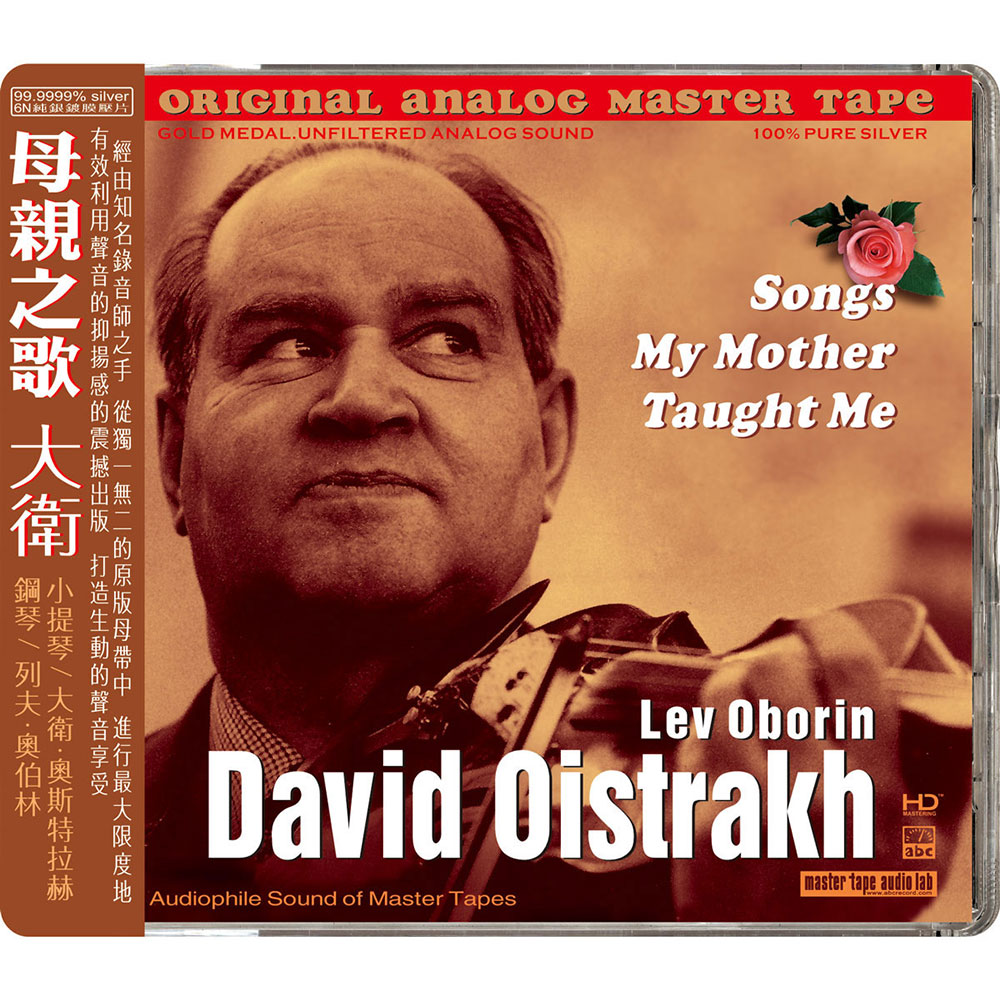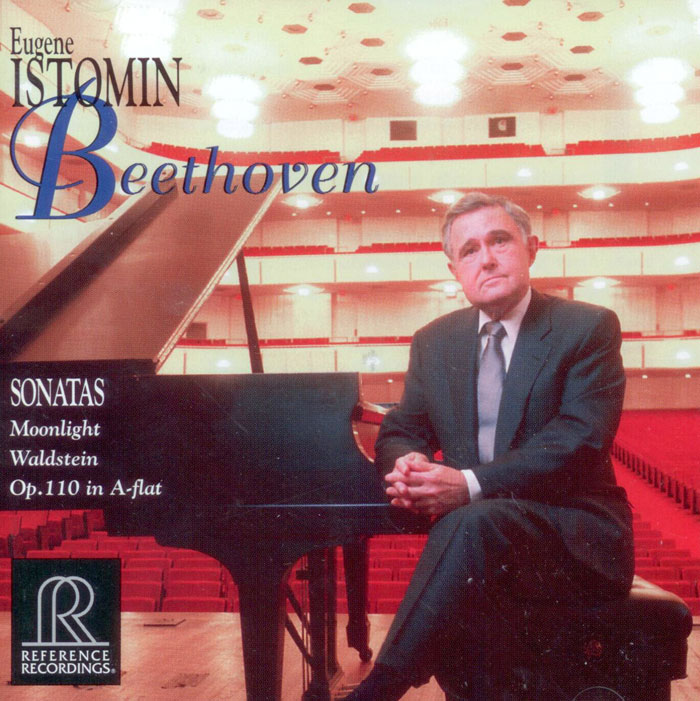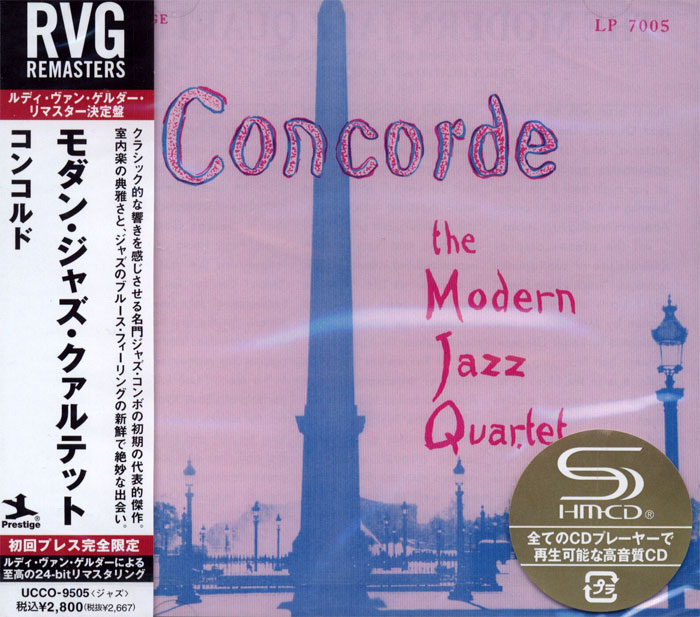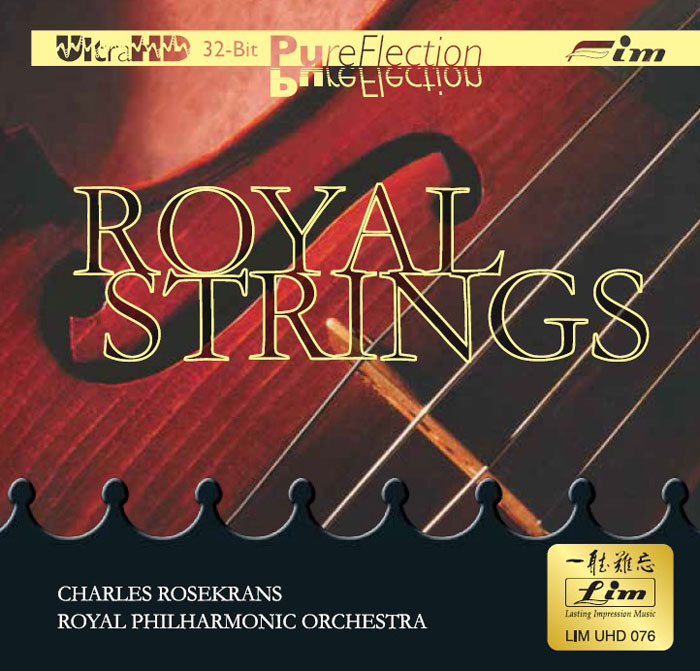Logowanie
Dlaczego wszystkjie inne nie brzmią tak jak te?
Chai Lang, Fan Tao, Broadcasting Chinese Orchestra
Illusive Butterfly
Butterly - motyl - to sekret i tajemnica muzyki chińskiej.
SpeakersCorner - OSTATNIE!!!!
RAVEL, DEBUSSY, Paul Paray, Detroit Symphony Orchestra
Prelude a l'Apres-midi d'un faune / Petite Suite / Valses nobles et sentimentales / Le Tombeau de Couperin
Samozapłon gwarantowany - Himalaje sztuki audiofilskiej
PROKOFIEV, Stanislaw Skrowaczewski, Minneapolis Symphony Orchestra
Romeo and Juliet
Stanisław Skrowaczewski,
✟ 22-02-2017
BARTOK, Antal Dorati, Philharmonia Hungarica
Dance Suite / Two Portraits / Two Excerpts From 'Mikrokosmos'
Samozapłon gwarantowany - Himalaje sztuki audiofilskiej
ENESCU, LISZT, Antal Dorati, The London Symphony Orchestra
Two Roumanian Rhapsodies / Hungarian Rhapsody Nos. 2 & 3
Samozapłon gwarantowany - Himalaje sztuki audiofilskiej
Winylowy niezbędnik
ClearAudio
Cartridge Alignment Gauge - uniwersalny przyrząd do ustawiania geometrii wkładki i ramienia
Jedyny na rynku, tak wszechstronny i właściwy do każdego typu gramofonu!
ClearAudio
Harmo-nicer - nie tylko mata gramofonowa
Najlepsze rozwiązania leżą tuż obok
IDEALNA MATA ANTYPOŚLIZGOWA I ANTYWIBRACYJNA.
Wzorcowe
Carmen Gomes
Celebrating the art and spirit of music - vol. 5 - Reference Songs
- CHCECIE TO WIERZCIE, CHCECIE - NIE WIERZCIE, ALE TO NIE JEST ZŁUDZENIE!!!
Petra Rosa, Eddie C.
Celebrating the art and spirit of music - vol. 3 - Pure
warm sophisticated voice...
SAMPLER - STS DIGITAL, Gregor Hamilton
Celebrating the art and spirit of music - vol. 2 - Love songs from Gregor Hamilton
...jak opanować serca bicie?...
SAMPLER - STS DIGITAL
Celebrating the art and spirit of music - vol. 1 - Leonardo Amuedo
Największy romans sopranu z głębokim basem... wiosennym
Lils Mackintosh
Celebrating the art and spirit of music - vol. 4 - A Tribute to Billie Holiday
Uczennica godna swej Mistrzyni
MONTI, SARASATE, GERSHWIN, DE FALLA, ELGAR, KREISER, David Oistrakh, Lev Oborin
Songs my mother taught me
- David Oistrakh - violin
- Lev Oborin - piano
- MONTI
- SARASATE
- GERSHWIN
- DE FALLA
- ELGAR
- KREISER
ULTRA Analog CD - AAD is a Digital Copy Of The Master Tape - SILVER CD
Cząsteczki srebra są jednolite i mają stały współczynnik odbicia, co zapewnia równą, reprodukcyjną jakość dźwięku. Posrebrzany `CD 6N ma również wyższy współczynnik odbicia niż 24-karatowe złoto.
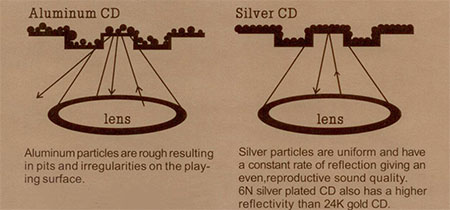 David Oistrakh is considered one of the pre-eminent violinists of the 20th century. His playing was marked, apart from a phenomenal technique, by stylistic fidelity to works by different composers of different historical periods. Oistrakh possessed large, quite fleshy hands, which helped prevent any roughness to his tone. His fingers appeared to caress the fingerboard with the minimum of perceived effort and height, and the liquidity of his position-changes made the potentially hazardous appear graceful. His vibrato tended towards medium–slow, and he deployed it with exquisite subtlety, bucking the prevailing tendency to vibrate all the time. To lend the left arm extra support, Oistrakh used a shoulder pad, which he insisted left the natural resonances of his violin unimpaired.
Throughout his career David Oistrakh was known for his honest, warm personality; he developed close friendships with many of the leading musicians of the day. He always demanded of himself (and his students) that musical proficiency, intelligence, and emotion be in balance, regardless of the particular style. Oistrakh felt that a violinist's essence was communicated through clever and subtle use of the bow, and not through overly expressive use of vibrato. To this end he developed a remarkably relaxed, flexible right arm technique, capable of producing the most delicate expressive nuances, but equally capable of generating great volume and projection. When listening to an Oistrakh performance – most especially his studio recordings – it is the accumulation of the whole that tends to leave the most profound impression, rather than the emotional resonance of individual moments.
David Oistrakh is considered one of the pre-eminent violinists of the 20th century. His playing was marked, apart from a phenomenal technique, by stylistic fidelity to works by different composers of different historical periods. Oistrakh possessed large, quite fleshy hands, which helped prevent any roughness to his tone. His fingers appeared to caress the fingerboard with the minimum of perceived effort and height, and the liquidity of his position-changes made the potentially hazardous appear graceful. His vibrato tended towards medium–slow, and he deployed it with exquisite subtlety, bucking the prevailing tendency to vibrate all the time. To lend the left arm extra support, Oistrakh used a shoulder pad, which he insisted left the natural resonances of his violin unimpaired.
Throughout his career David Oistrakh was known for his honest, warm personality; he developed close friendships with many of the leading musicians of the day. He always demanded of himself (and his students) that musical proficiency, intelligence, and emotion be in balance, regardless of the particular style. Oistrakh felt that a violinist's essence was communicated through clever and subtle use of the bow, and not through overly expressive use of vibrato. To this end he developed a remarkably relaxed, flexible right arm technique, capable of producing the most delicate expressive nuances, but equally capable of generating great volume and projection. When listening to an Oistrakh performance – most especially his studio recordings – it is the accumulation of the whole that tends to leave the most profound impression, rather than the emotional resonance of individual moments.
























